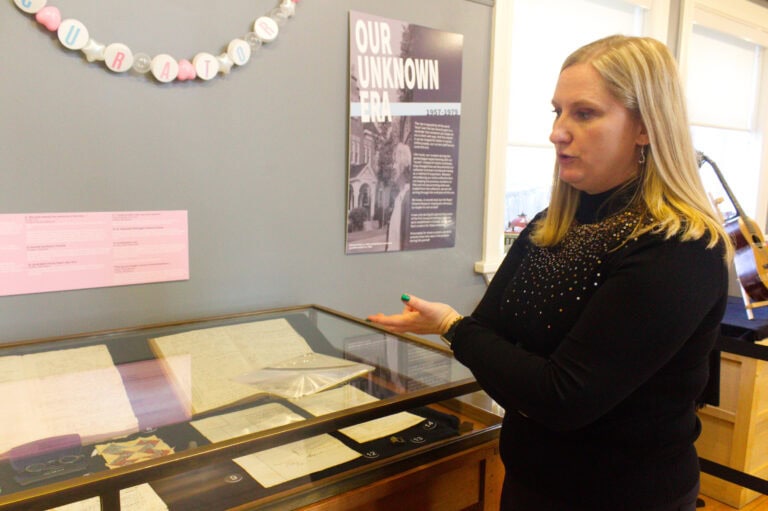This is the third in a four-part series based on a talk given as a part of the Niagara Historical Society’s lecture series. Because of the pandemic, the series, “All along the Waterfront” was done via Zoom. All of the talks are available online through the Niagara-on-the-Lake Museum.
By 1959, only sandsuckers were left as commercial enterprises on the Niagara River.
According to one observer, they tied up “at the once busy dock where five passenger boats used to berth daily.” One of the last sandsuckers in this area, the Niagara, was sunk at Tobermory and is now used to teach diving skills.
On Nov. 25, 1970, the sandsucker C.W. Caldwell struck a submerged rock just off the Queenston dock.
D.G. Bawtinheimer, the owner, said the Caldwell had a full load of commercial sand when it hit the rock. A photograph of the Caldwell taken sometime around 1961 is available at the Niagara Falls Public Library.
Although they are no longer used in Niagara, sandsuckers still exist. When the Kyoto airport was built in Japan in the early 1990s, sandsuckers were used to create the island on which the airport sits.
The Niagara River provided industry and entertainment for both villagers and visitors. It was not always kind, however.
In 1825, 1909, 1936, 1938 and 1955 major ice jams played havoc on both the river and on shore. The jams usually occurred during the spring ice break up. Boats and storage facilities were destroyed in each jam.
A forgotten writer, Barlow Cumberland, fictionalized the 1825 ice jam in his novel “A Century of Sail and Steam on the Niagara River.” Written in 1913, the book gives a detailed history of sailing on the Niagara River during the late 19th century.
We don’t see ice jams today because a floating boom line at the entrance to the river at Buffalo/Fort Erie controls the amount of ice going over the falls. However, most years in March and April it’s possible to watch the controlled ice floes as they move down the river to Lake Ontario.
We now come to the 21st century. The once bustling area is now a quiet little village. The bridge that used to bring American visitors into the village has moved a couple of kilometres to the south.
Visitors have to drive three kilometres to the first exit from Highway 405 and back again to reach the village. People can no longer walk across the border to visit their American friends and neighbours.
Young people who once swam across the river to prove a point when their parents weren’t looking can no longer do so.
The major users of the river do so for recreation. Fisher folk, many of whom come from outside the Niagara region, and jet skiers are often on the water in summer.
The last existing industry is the jet boat operation. These people bring little to the village. The noise from the jet boat buses is loud and constant throughout the summer (in non-COVID times). Too many of the fishing people leave their garbage strewn around for others to collect.
All is not lost, however.
Life in a village ebbs and flows, like the river. Young families are making the move to Queenston. Most people who live here love the place.
A walk along the riverfront is still a pleasant distraction at any time of the year. The view from the point to the east of St. Saviour’s church is a joy, as is meeting friends and neighbours.
Who knows? Queenston’s heyday may be in the future.



.png)






